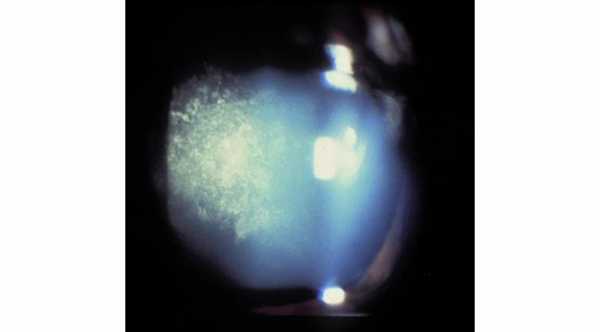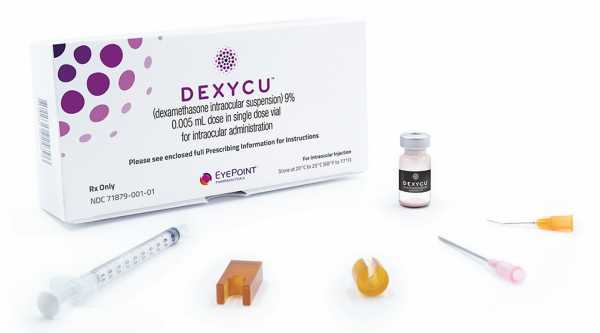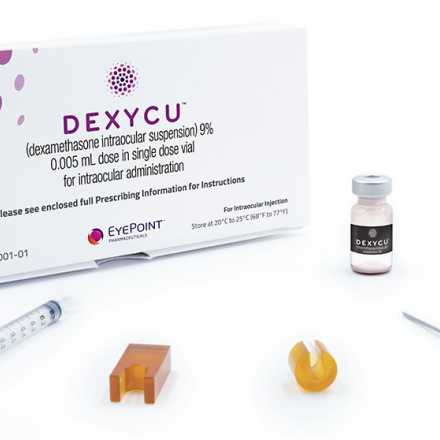
Posterior Subcapsular Cataract
Posterior Subcapsular Cataract is type of Cataract that starts as a small opacity at the center of the back surface of the lens and spreads toward the periphery. This part is called the posterior nodal point in which the light rays will pass through it to the back of the eye. Small amount of this type of cataract can have profound effect on vision.
Symptoms of Posterior Subcapsular Cataract
1- Decrease in vision especially during exposure to light
2- Glare and photophobia.
Causes of Posterior Subcapsular Cataract
1- Medications. Certain medications can cause such as corticosteroid eye drops, miotics, systemic steroid, chlorpromazine and chloroquine.
2- Alcohol. Can be associated with all types of cataract.
3- Ionizing radiation such as X-rays, gamma rays and beta rays.
4- Diabetes Mellitus.
5- Chronic anterior uveitis.
6- Vitrectomy surgeries especially when Gas or Silicone oil was used during the surgery.
Treatment of Posterior Subcapsular Cataract
Cataract extraction with intraocular lens implantation.Cataract extraction surgery for this type of cataract has high incidence of posterior capsular rupture because there are some kind of adhesion between posterior subcapsular cataract and the posterior capsule.









